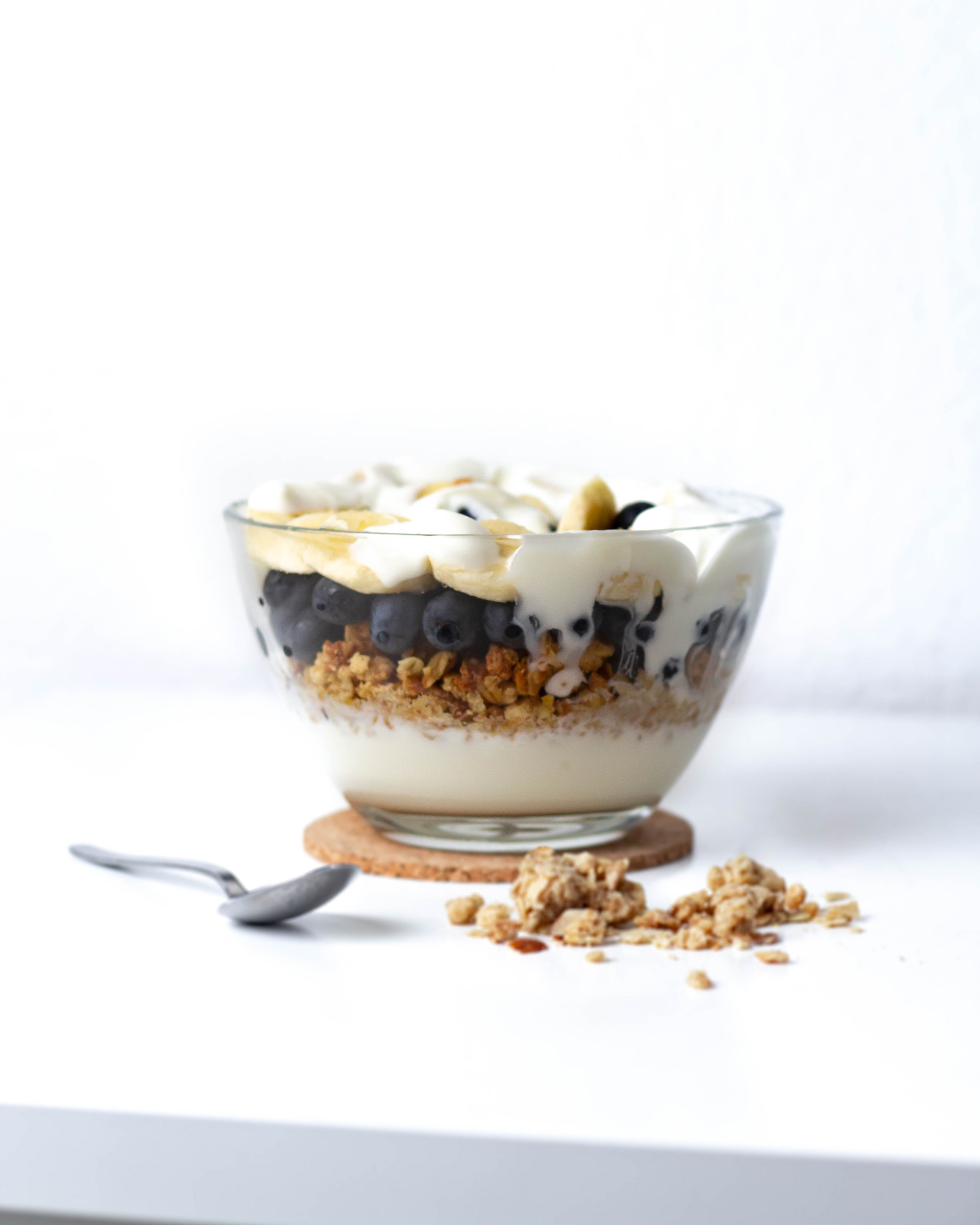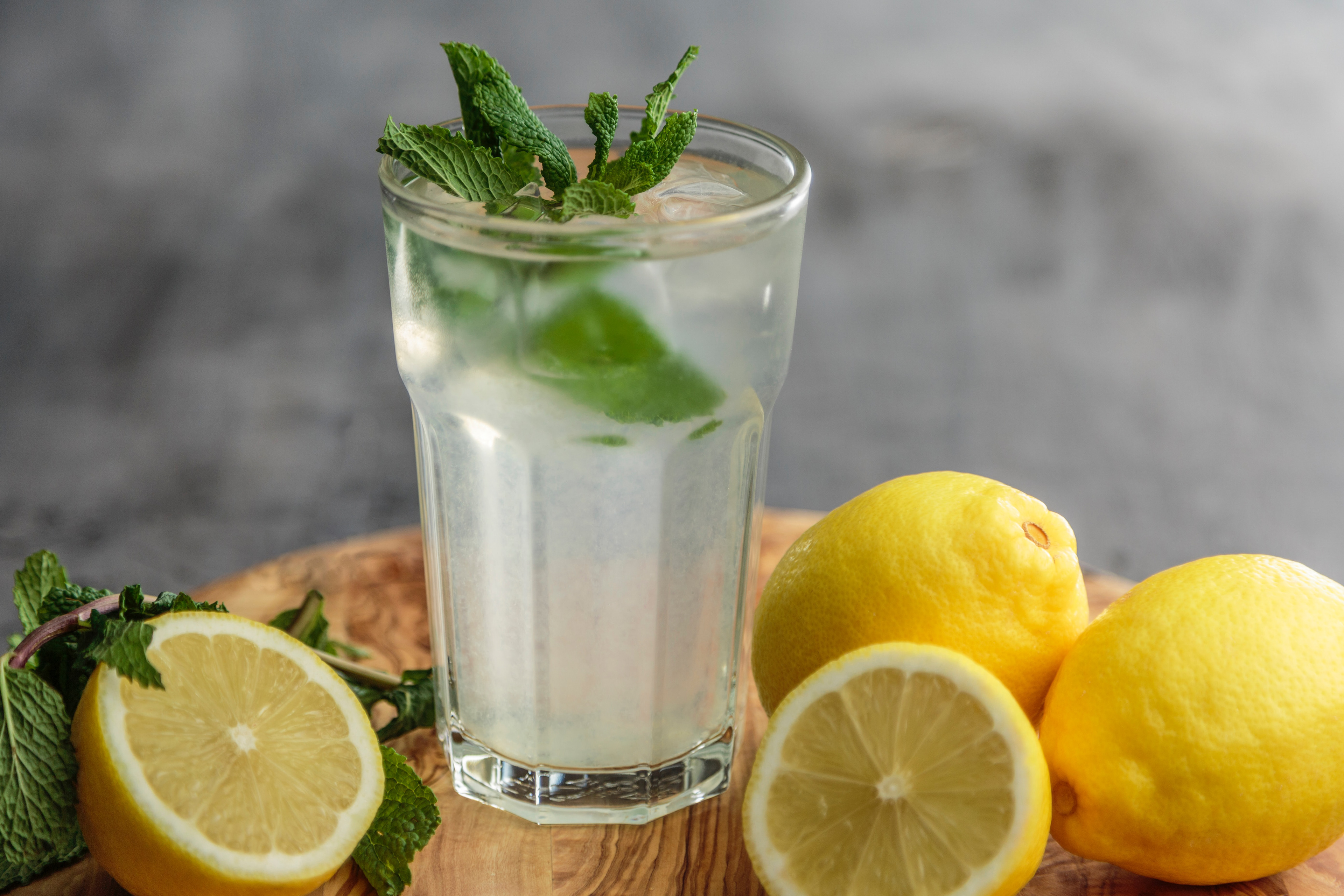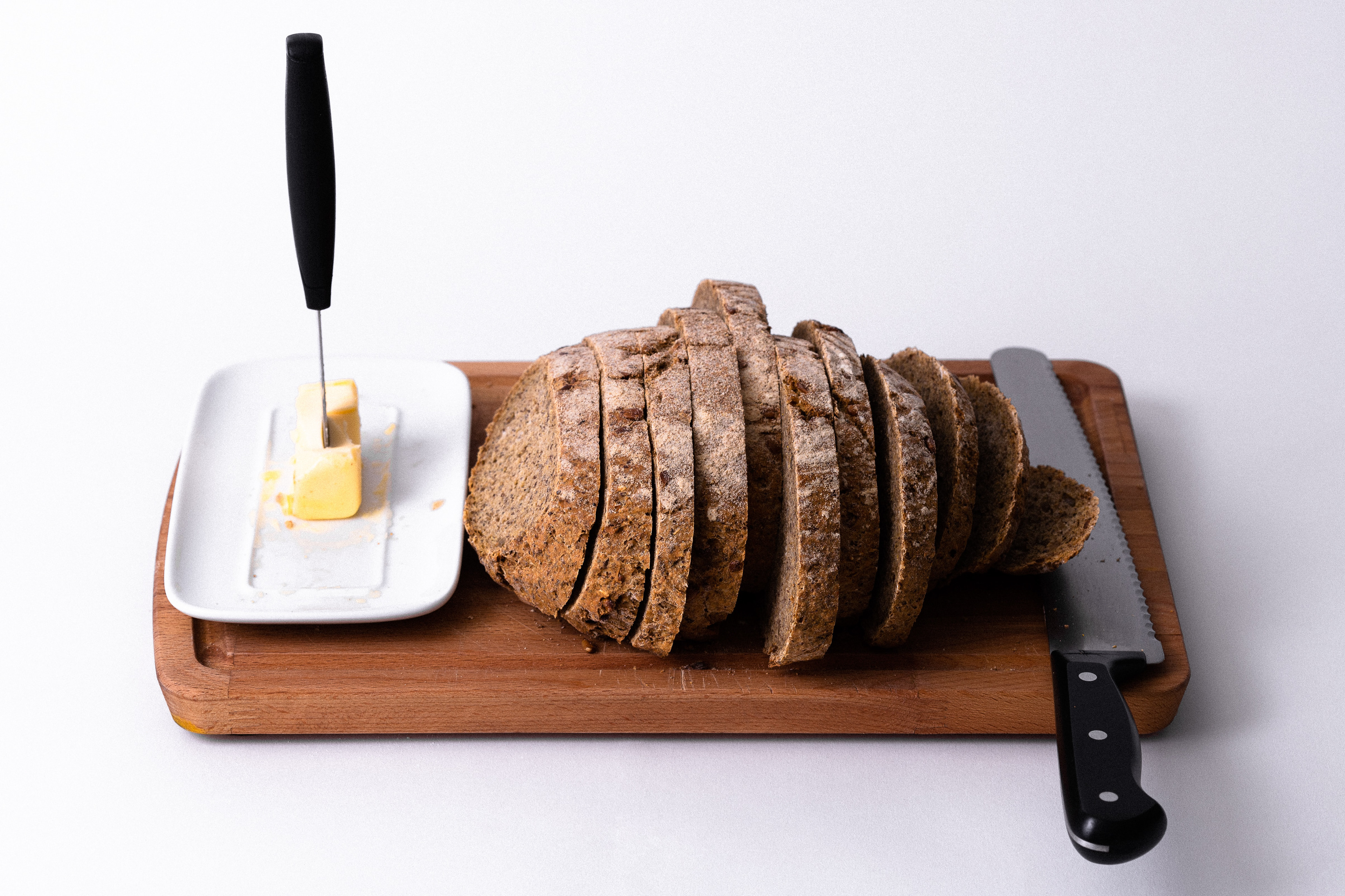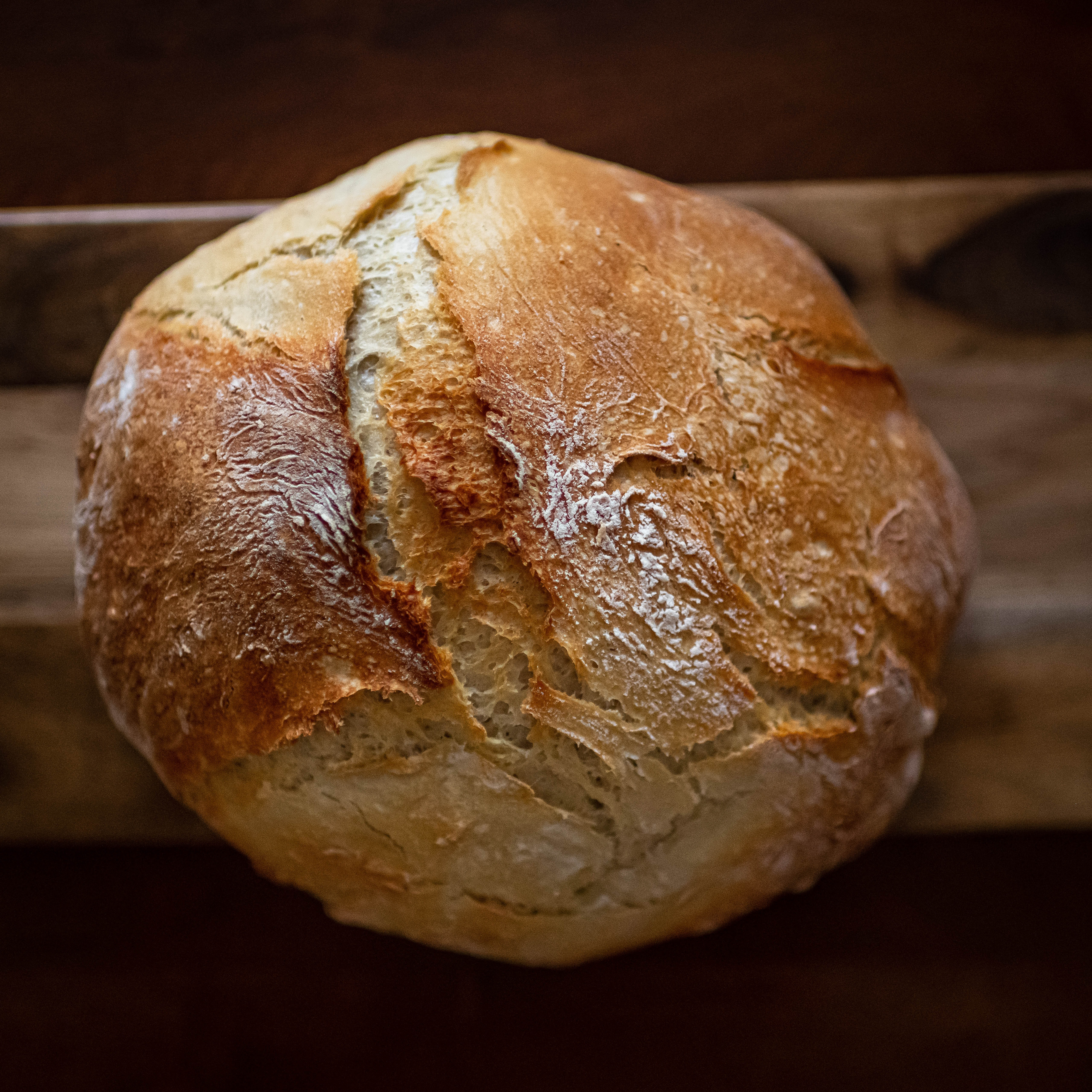





The experiments below might just seem like recipes to follow, but trust me, they're science experiments! Choose the experiments you are most interested in. As you complete the experiment, consider the important science concepts that are at play! Some helpful questions will be provided for each experiment to get you thinking.
Note: Make sure your parent/guardian is okay with you conducting these experiments!
Bread in a Bag
Ingredients:
Cooking spray (for mini loaf pans), 3 cups. all-purpose flour, 1/4 cup. sugar, 1 .25-package active dry yeast, 1 cup warm water, 3 Tbsp. extra-virgin olive oil, 2 tsp. kosher salt
Procedure:
1. Preheat oven to 375 degrees F and spray mini loaf pans with cooking spray.
2. Pour 1/4 cup sugar, package of yeast, 1 cup flour, and 1 cup warm water into a resealable plastic bag. Seal bag and squish together with your hands to mix. Let rest 10 minutes at room temperature. (Yeast should activate.)
3. Add 1 cup flour, 3 Tbsp oil, and 2 tsp. salt to the bag, then seal and squish together.
4. Add remaining 1 cup of flour and mix until combined.
5. Remove from bag and knead 5 minutes until smooth. Halve dough and place in two loaf pans. Cover with a kitchen towel and let rise 30 minutes.
6. Brush top of bread with olive oil or melted butter and bake until golden, about 30 minutes.
Guiding Questions:
Why does the bread rise? What is the yeast doing? What is this chemical reaction called? If you need help answering these questions, do some research!
Ice Cream in a Bag
Ingredients:
1 cup half-and-half, 2 Tbsp. sugar, 1/2 tsp. pure vanilla extract, 3 cups ice, 1/3 cup kosher salt, Toppings of your choice, 1 small Ziploc bag, 1 large Ziploc bag
Procedure:
1. In the small Ziploc bag, combine 1 cup half-and-half, 2 Tbsp. sugar, and 1/2 tsp. vanilla. Push out excess air and seal.
2. In the large Ziploc bag, combine 3 cups ice and 1/3 cup salt.
3. Place small bag inside the bigger bag and shake vigorously, 7 to 10 minutes, until ice cream has hardened.
4. Remove from bag and enjoy with your favorite ice cream toppings.
Guiding Questions:
Why did you add salt to the bag of ice? What does this do to the freezing temperature? Why? If you need help answering these questions, do some research!
Fizzing Lemonade
Did you know you can make your own fizzing lemonade? Use the "Fizzing Lemonade" link below for a clear procedure (recipe) and explanation of the science behind this experiment.
Guiding Questions:
Why does this experiment work? What are acids and bases? Which acids and bases did you use in this experiment? What happens when you combine acids and bases? If you need help answering these questions, do some research!
Homemade Butter
Did you know you can make butter using just one ingredient? Yep, that's right, all you need is heavy whipping cream! Aside from the ingredients, you will need a jar with a lid and some muscles. Watch the video below to learn how to make your own butter, and why it works.
Guiding Questions:
What state of matter do you start with (solid, liquid or gas)? What state of matter do you end with? Why does the state of matter change? What is happening at the molecular level? If you need help answering these questions, do some extra research!
Homemade Yogurt
This experiment is a little more difficult and takes longer than the others, but if you like yogurt, it's worth it! Follow the procedure provided in the "Make your own Yogurt" link below.
Guiding Questions:
How do the textures and appearances of your different yogurt cups change over time? Why are bacteria important for yogurt? Why are bacteria important for humans? If you have to take antibiotics, why do doctors recommend eating probiotic yogurts? If you need help answering these questions, do some extra research!